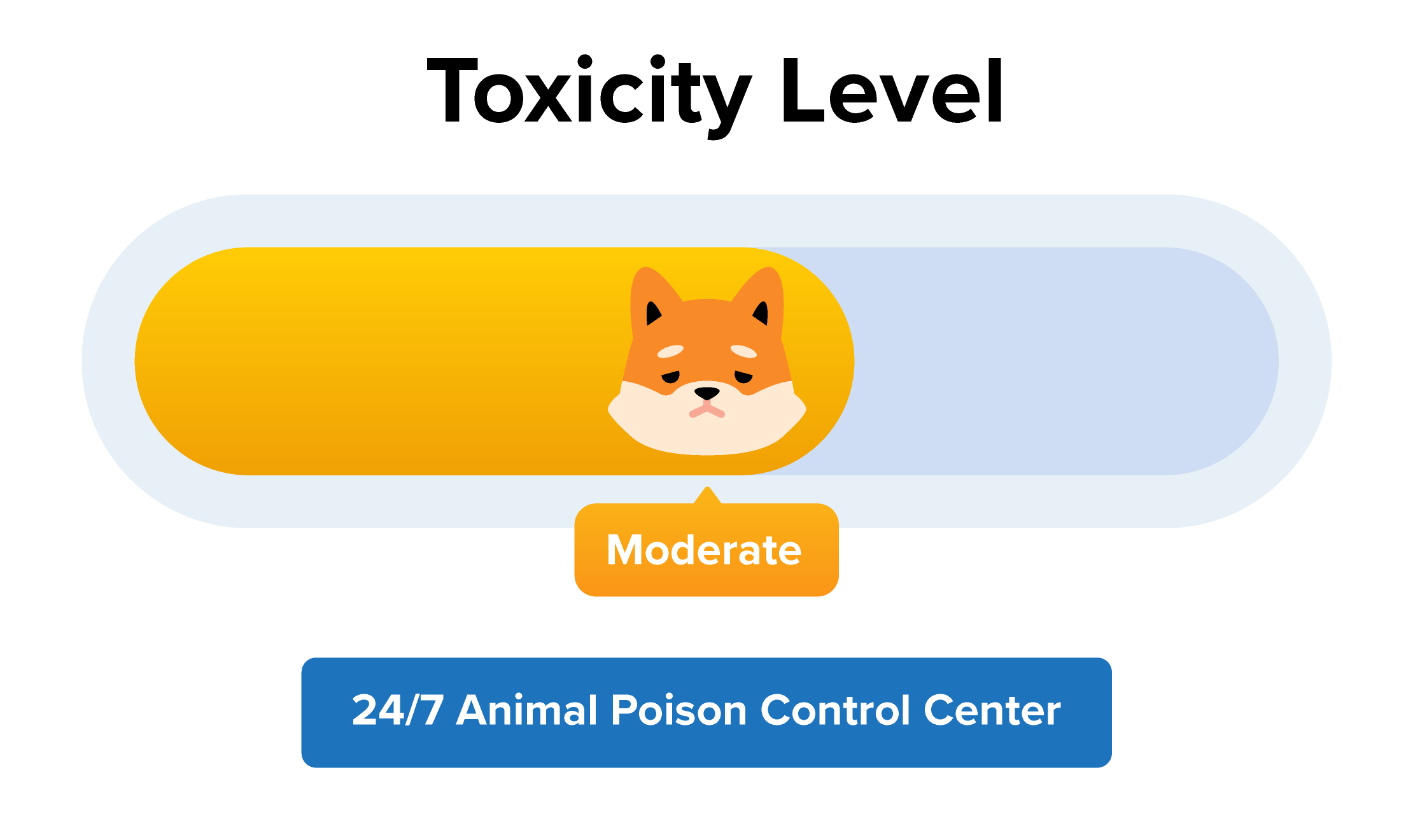Do you enjoy Eclipse gum? Then you’re in good company! This is a very popular gum that’s enjoyed by people all around the world!
Connect with a verified veterinarian in minutes. Licensed vets are available 24/7 to answer your questions. No need to worry about your furry family member.
But what happens if your dog eats Eclipse gum? Is Eclipse gum toxic for your dog?
What is Eclipse Gum?
Eclipse gum is both a breath mint and chewing gum. This brand of chewing gum usually comes in packs of 12 or 60 (which comes in a large plastic container). Each piece of gum has a candy coating.
Luckily, Eclipse gum does not contain xylitol, which is highly toxic for dogs. Instead, the gum contains:
- Maltitol (artificial sweetener)
- Sorbitol (another artificial sweetener)
- Acacia
- Natural & artificial flavors
- Soy lecithin
- Aspartame
- Color
- Acesulfame K
- Carnauba wax
- BHT (a preservative)
Can dogs ingest Eclipse gum? Is Eclipse gum toxic to dogs?
Eclipse Gum & Dogs
Fortunately, this sugar-free gum does not contain xylitol. This is an artificial sweetener, which is highly toxic to dogs. Instead, the gum contains maltitol, sorbitol, and aspartame, all of which are not toxic to dogs.
So, if your fur baby eats one piece of gum, then he should be OK. In some dogs, you may notice they have an upset stomach, with a little diarrhea, and vomiting.
However, there’s a danger if a dog eats a whole pack or more of this gum. Here, you need to be concerned about your canine companion developing an intestinal obstruction. This is a very serious condition. The problem develops if all the gum becomes balled up together. This can cause the gum to become lodged in the digestive tract and cause an intestinal obstruction.

Review symptoms, medications & behavior to keep your pets healthy with a Vet Online in just minutes.
Ask a Vet Live NowSymptoms of an Intestinal Obstruction
You may notice these symptoms if your dog has eaten a lot of Eclipse gum:
- Bloating
- Abdominal pain
- Loss of appetite
- Dehydration
- Diarrhea
- Vomiting
- Constipation
If you notice any of these symptoms in your dog, then call the vet immediately. This is a life-threatening medical emergency.
Treatment of Intestinal Blockage in Dogs
At the vet, they will give your dog a physical, run lab work, and take x-rays or ultrasound. The purpose of the x-rays is to determine if there’s a blockage and then exactly where it’s located in your dog’s digestive tract.
If the gum is still in your dog’s stomach, the vet may try an endoscopic procedure to remove the gum. However, if the balled-up gum is in the intestines, then your fur baby will more than likely need to have surgery. This may be the only safe way to remove the gum.
Your dog has an excellent prognosis if he receives prompt treatment for an intestinal blockage.
Connect with a verified veterinarian in minutes. Licensed vets are available 24/7 to answer your questions. No need to worry about your furry family member.

Kyoko
Kyoko is from a family of 3 and moved to New York with her parents and siblings when she was 13. Kyoko is fond of spending a great amount of time with pets, specifically her beagle Luna and cat Missy. Her boyfriend often complains that she spends too much time giving attention to their animals. Kyoko has written dozens of articles concerning pets and is aiming at owning a pet shop one day!
Review symptoms, medications & behavior to keep your pets healthy with a Vet Online in just minutes.
Ask a Vet Live Now




